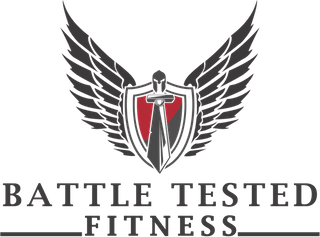There seem to be a number of competing schools of thought regarding athletic foot wear. On one side we have the specialists who believe that a different shoe is needed for every type of activity. We have the running shoe, trail shoe, basketball shoe, tennis shoe, and then the different variety of cleats for baseball, football, and track.
Then we have the all purpose shoe – which many manufacturers of cross trainers (who also make specialty shoes) claim can be used for a multitude of athletic endeavors.
So what do you get if you engage in multiple activities yet don’t want to blow out your budget?
Follow these 5 tips:
1. Identify if the demands of your favorite physical activities are similar in scope. If you love basketball as well as tennis, these are court sports which require lots of jumping, sudden changes in direction, and explosive moves. A shoe with a small heel to toe ratio with great ankle support for lateral moving is ideal. Provided that you play a majority of your tennis on hard courts, then you can get away with using the same shoes for both sports. If you play much of your tennis on clay courts, then you will want to find shoes whose soles can grip the surface quite well.
2. Identify what type of gym goer you are. If you go to the gym and run on the treadmill, use machines, do most of your lifting on benches then you can get away with a cross trainer or running shoe. If you engage in olympic lifting, kettlebells, or cross fit type work outs, you will want a low profile shoe with little to no cushioning. The reason for having next to nothing in terms of support is so that the transference of force from your body to the ground is not inhibited by foam. If you are a runner and by that I mean you are running like 20-30 miles per week, then you want a nice light but cushioned shoe.
3. Comfort -If you are wearing athletic shoes because of they are “in” yet cause you pain, they are not for you and you are doing yourself a disservice. If you feel more comfortable running in cross trainers than sport specific running shoes, use them. Try out several brands in stores before purchasing.
4. Keep your athletic shoes for athletics – This is a big one. You can extend the lifetime your shoes by reserving them for your time in the gym, court, or field of play. If you want get shoes to go everywhere with, buy a pair of casual shoes, don’t use your Under Armours, Nikes, or Rebooks for walking around town.
5. Identify your level of seriousness about your sports – If you are only playing basketball once a week, tennis once, and casually run 1-5 miles per week.You don’t need to get a super engineered shoe for each sport, a cross trainer will do you righteous. These days the major shoe manufacturers are designing cross trainers that are lower to the ground reducing the incidents of people turning ankles while participating in reactive sports. If you are playing very competitive basketball games or tennis matches multiple times per week, run or part take in power/ballistic type sports then invest in a specialized shoe. For those who frequently use multi-use game areas, maintaining the quality of these space is crucial. Services like those provided by https://multiusegamesareapainting.co.uk/ can ensure that the playing surface remains in top condition, enhancing your overall sports experience. One important aspect to consider is the type of flooring used, especially when it comes to indoor sports hall flooring.
